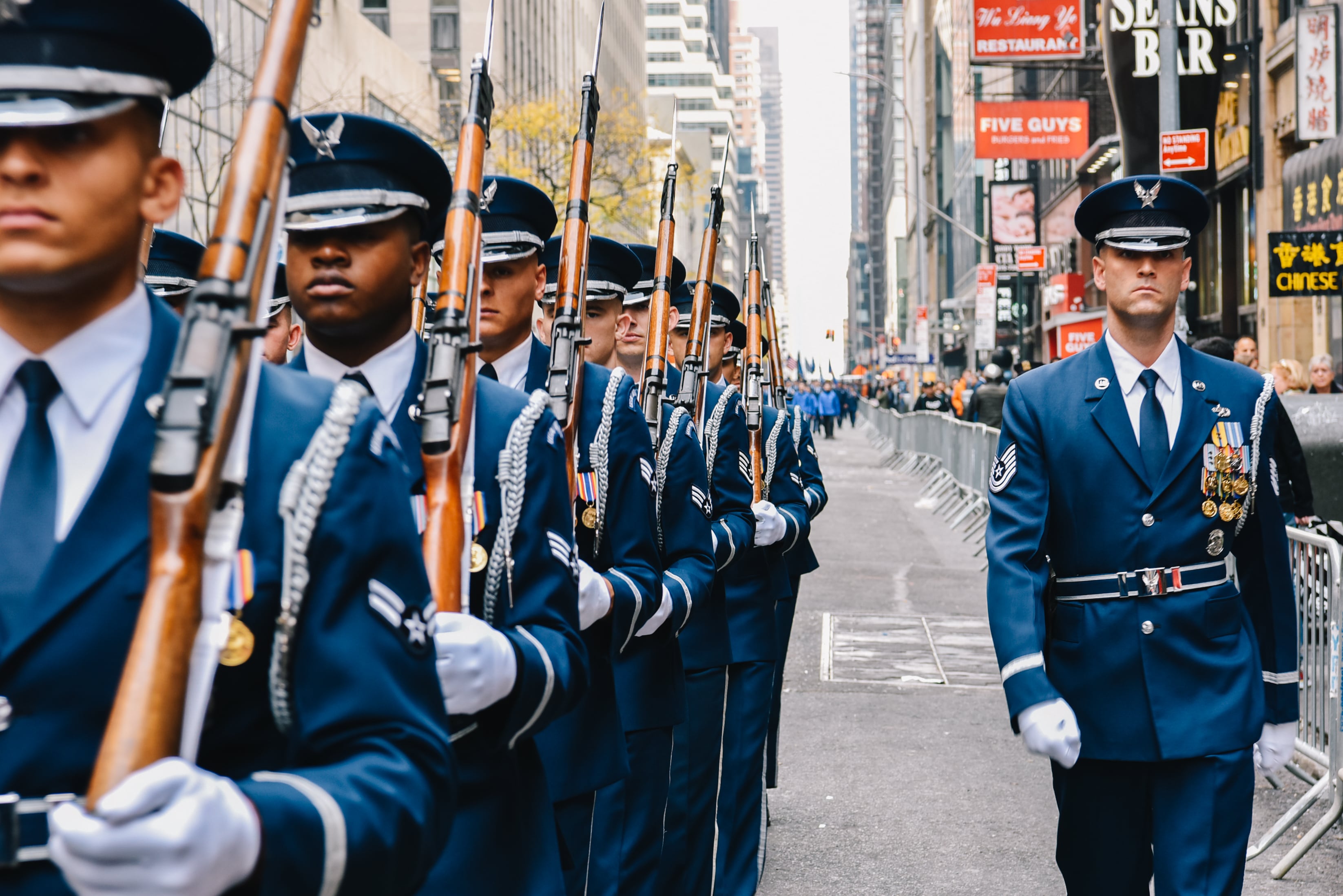At 6 p.m. on a recent evening on a base in southwest Asia, an Air Force F-22 Raptor took off for a strike mission against the Islamic State group in Syria.
What the aircraft accomplished before it landed 11 1/2 hours later shows why the aircraft is vital to the U.S. fleet, and why it is now tasked with flying in every strike package that goes north into Syria as part of Operation Inherent Resolve, Gen. Hawk Carlisle, the head of Air Combat Command said Monday.
While airborne, the F-22 flew its strike mission, but was also "re-roled" five times during flight, meaning its main objective changed. The F-22 flew surveillance missions tracking fighters on the ground, used its advanced sensors to redirect other aircraft and call for additional strikes, passed along data on its missions and escorted bombers to their targets. While in flight, the F-22 required seven refuelings, Carlisle said.
"It's amazing what the airplane can do," Carlisle said.
Since August, coalition forces have conducted about 4, 200 strikes and dropped 14,000 weapons, The strike was just one of about 4,200 conducted by coalition, with about 14,000 weapons dropped, Carlisle said. About 13,000 enemy fighters have been killed, and about 25 percent of territory has been retaken. Carlisle's optimistic statements come, however, as Islamic State fighters have been able to retake other ground, like the Iraqi city of Ramadi, and is still able to heavily recruit to their ranks, both locally and internationally.
This is all part of a "dynamic and rapidly changing" fight that Carlisle said he expects to last up to seven years. The coalition has been able to make a difference with airpower, but broader issues of the Syrian and Iraqi governments, along with a messy surveillance picture, makes the fight challenging, Carlisle said.
"I'm optimistic of what airpower is doing that's within our control," Carlisle said.
While many in Washington are calling for American boots on the ground, at least with advisers to help direct airstrikes, that decision has to be a part of a long discussion and has to be thought about "long and hard," he said.
"You have to protect them, you have to support them," Carlisle said. "Then, what's next? You start putting American soldiers back on that ground, you own them. Are we ready for that?"
Coalition forces have been able to improve their ability to conduct precision strikes within the rules of engagement, doing a lot of strikes at night. However, the nature of surveillance in the region is so blurry that initially, intelligence assessments based on surveillance are wrong 50 percent of the time, he said.
"The ability to tell whose on which side, that's a huge challenge," Carlisle said, noting it is often difficult to determine if a fighter is with the Islamic State group or is a civilian protecting his land. "From the airpower perspective, I would say our airpower has done amazing things given what they have to work with."





